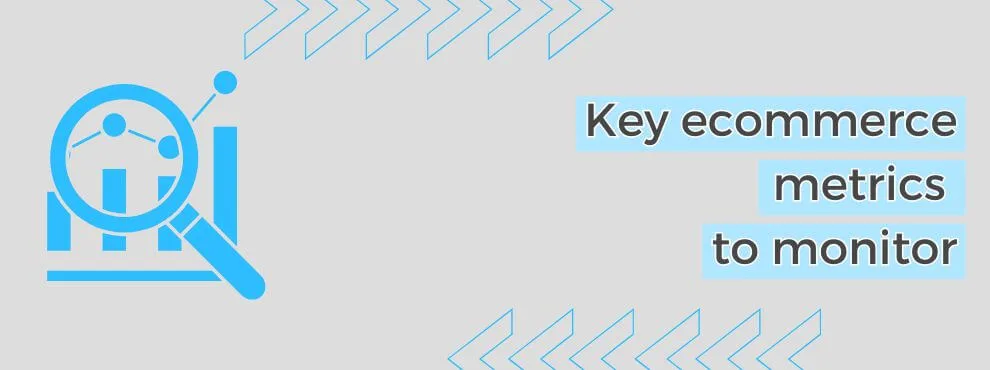In the world of ecommerce, making data-driven decisions is essential to the success of any business. If you don’t measure the performance of your online store, you will be navigating blindly without knowing what works and what needs to be improved. Therefore, monitoring the right metrics will allow you to optimize strategies, improve the user experience and increase your sales.
In this article, we will explore the main metrics that every ecommerce should keep a close eye on to ensure constant and sustainable growth.
Table of contents [Hide]
Conversion rate
Conversion rate is one of the most important metrics in ecommerce. It is calculated by dividing the number of purchases made by the total number of visitors and multiplying the result by 100. This metric indicates what percentage of visitors end up buying, which helps measure the website’s effectiveness in converting visits into sales.
If the conversion rate is low, it may be necessary to improve aspects such as loading speed, navigation, product descriptions or site security to generate greater confidence in buyers. In addition, offering incentives such as discounts for new customers or money-back guarantees can encourage purchase.
Average order value
Average order value measures the average spend per purchase. It is calculated by dividing total revenue by the number of orders in a given period.
Increasing average order value can be achieved with strategies such as cross-selling, upselling and minimum purchase discounts. If customers spend more on each transaction, revenue will grow without increasing the number of customers.
Customer acquisition cost
Customer acquisition cost indicates how much it costs to acquire a new customer. It is calculated by dividing the total marketing and advertising spend by the number of customers acquired in a given period.
Reducing the cost is key to increasing business profitability. This can be achieved by optimizing advertising campaigns, leveraging organic marketing strategies and building customer loyalty for recurring purchases.
Cart abandonment rate
One of the most common problems in ecommerce is cart abandonment. This occurs when a user adds products to the cart but does not complete the purchase.
Reasons may include unexpected costs, a complicated checkout process or a lack of suitable payment options. To reduce this rate, it is advisable to simplify the checkout, offer free shipping or discounts on the first purchase, and send email reminders to customers who abandoned their cart. In addition, the implementation of real-time chatbots to solve doubts can be of great help.
Customer retention rate
Customer retention is crucial to the success of an ecommerce business. It is much more profitable to keep existing customers than to acquire new ones.
Strategies to improve this metric include offering excellent after-sales service, implementing rewards programs, and customizing offers to the customer’s interests. A satisfied customer not only buys again, but also recommends the brand to others. An effective strategy is automated email marketing with personalized recommendations and exclusive promotions.
Web traffic and traffic sources
Web traffic represents the number of users who visit your online store. However, it is not only the volume of visits that matters, but also their quality and source of origin.
Analyzing traffic sources (organic, paid, social media, email marketing) helps to identify which channels generate more conversions and which require optimization. Investing in SEO and valuable content can increase qualified traffic and improve results. In addition, a well-structured social media strategy can generate a significant increase in traffic and conversion.
Bounce rate
The bounce rate indicates the percentage of visitors who leave the site after viewing a single page. A high bounce rate can be a symptom of a poor user experience, unattractive content or poor loading speed.
Reducing bounce rate is achieved by improving site design, providing relevant content and ensuring that navigation is smooth and intuitive. Including product videos and customer testimonials can improve visitor engagement.
Website load time
Loading speed directly influences user experience and conversion rate. If a page takes too long to load, visitors may abandon it before exploring your products.
Optimizing images, using a content delivery network and improving hosting are key strategies to speed up load times and reduce lead leakage.
Conclusion
Measuring and analyzing the right metrics in an ecommerce is critical to make data-driven strategic decisions and continuously improve online store performance.
From conversion rate to site load time, each metric provides valuable information about customer behavior and the effectiveness of implemented strategies.
If you want to optimize your ecommerce and take it to the next level, at IDX Innovadeluxe we have the tools and strategies to help you achieve it. Contact us and boost your online business today!
Related Posts







Deja un comentario